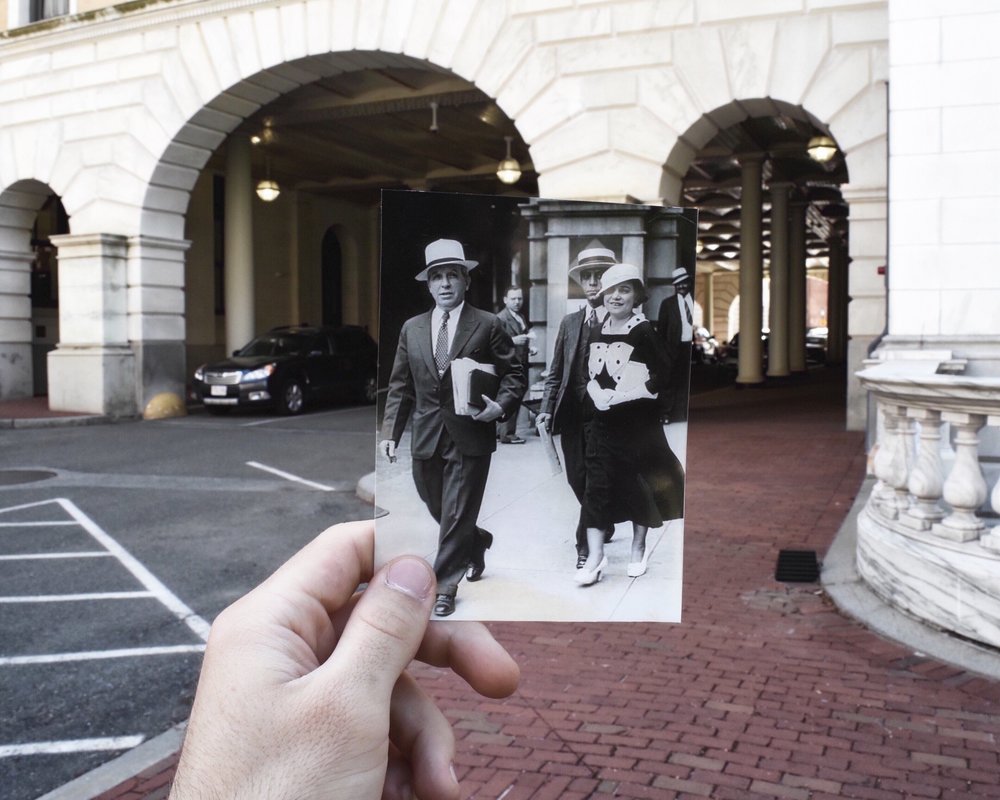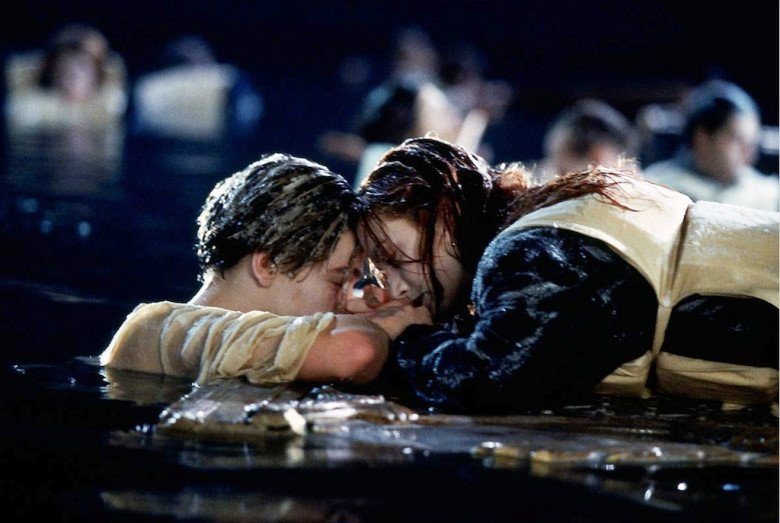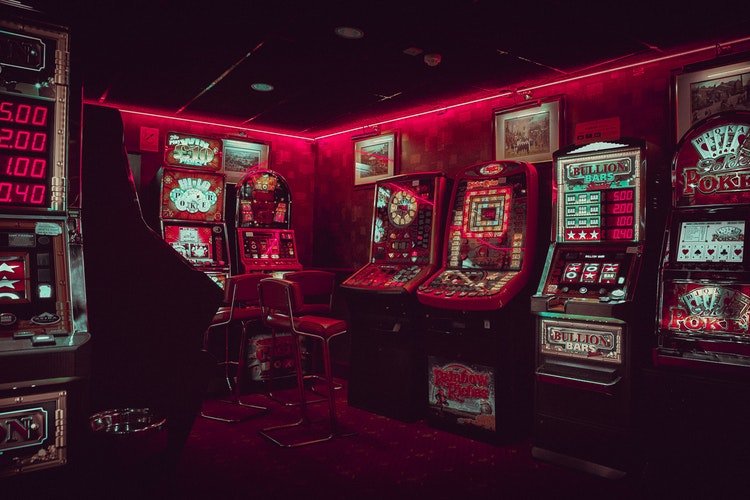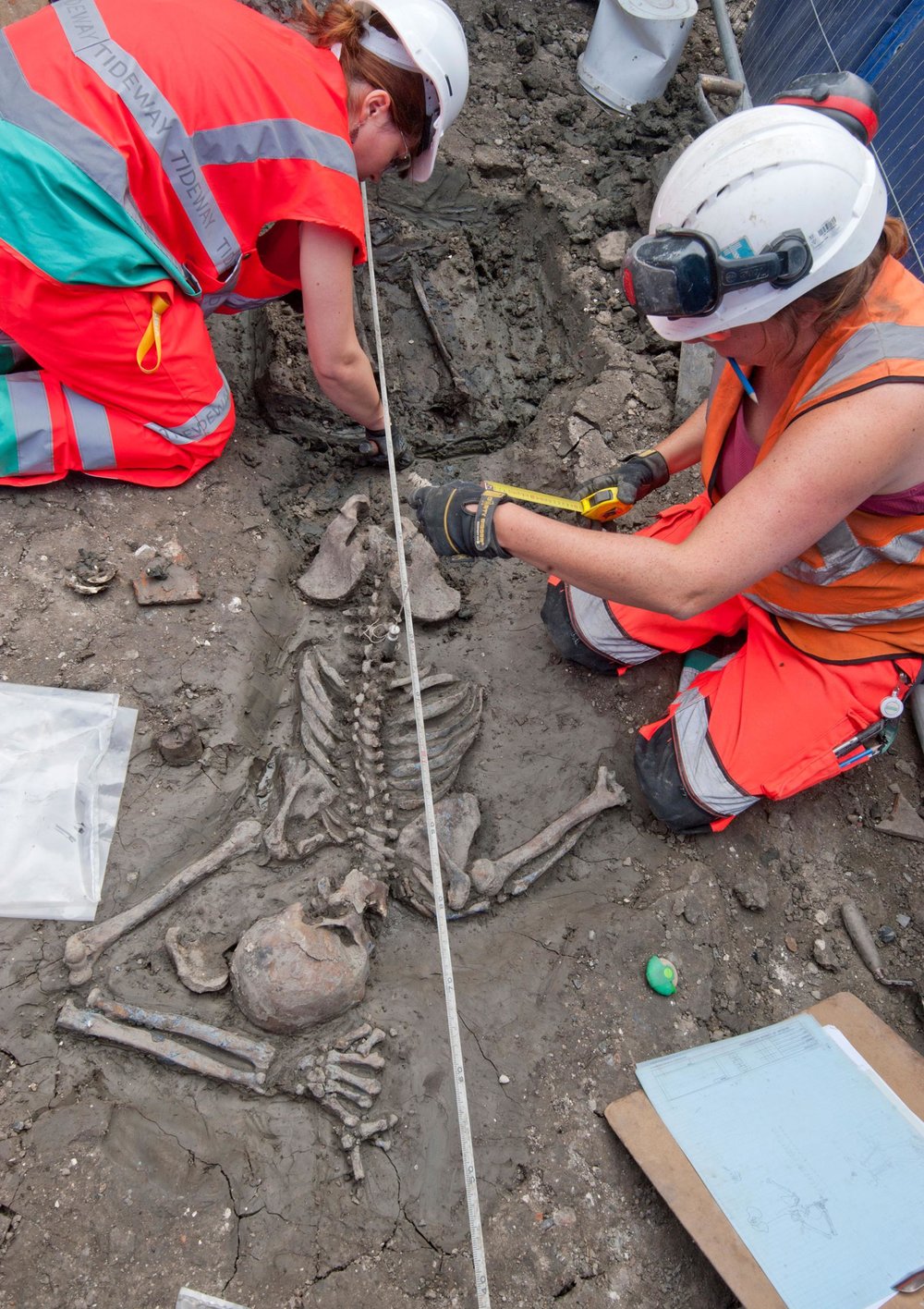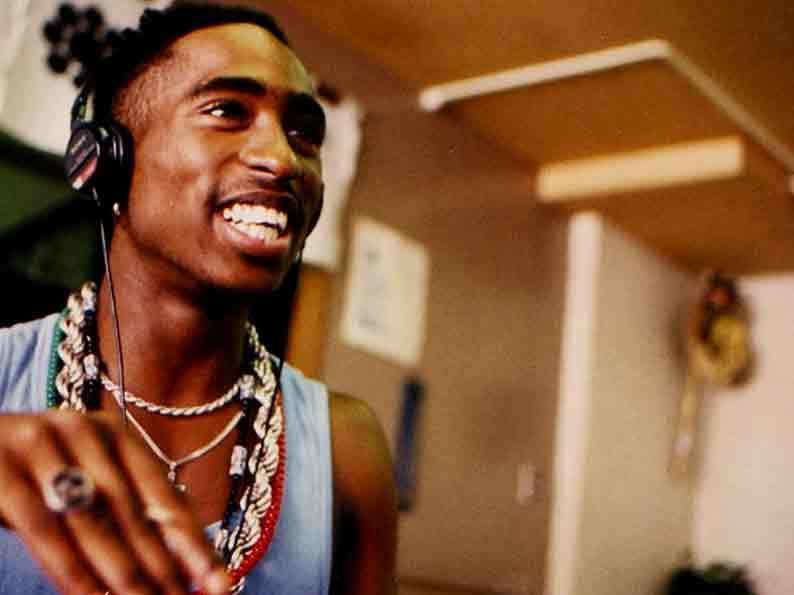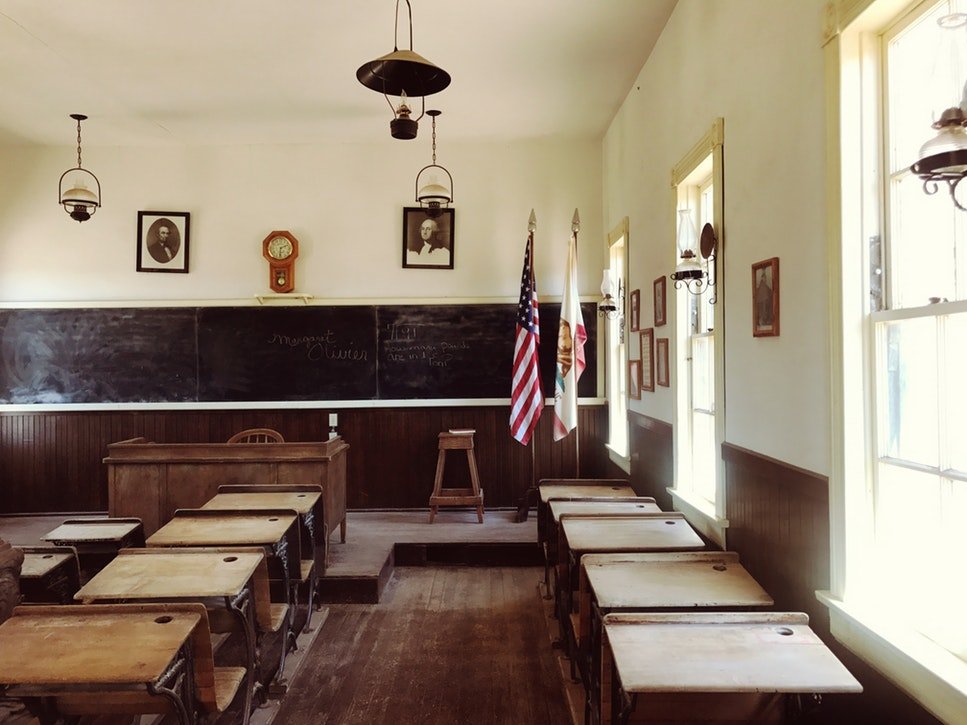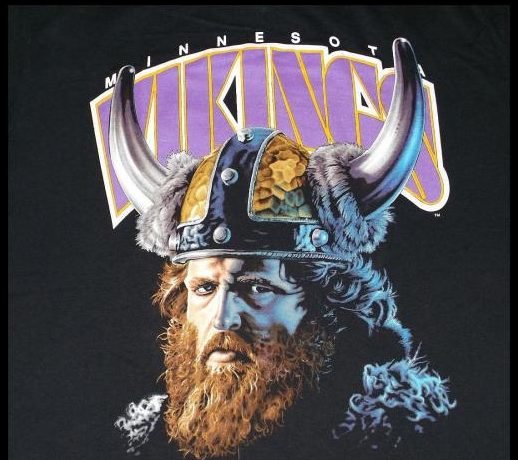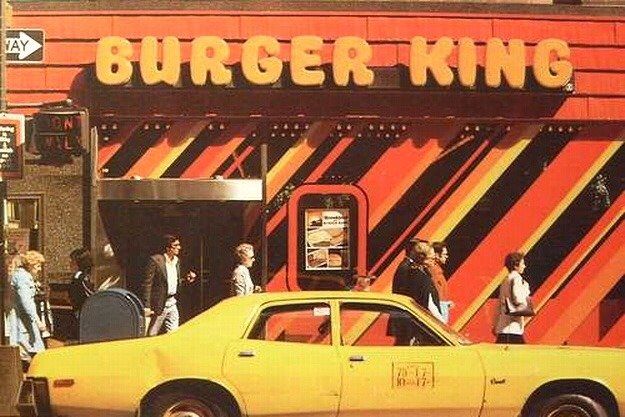A man recently opened a plastic capsule he packed away back in 2000—and the internet can’t stop talking about how wildly different things are just 25 years later. From forgotten childhood memorabilia to prices that now feel like ancient history, the capsule captured a snapshot of late '90s America that’s got people feeling nostalgic, surprised, and even a little reflective.
A Glimpse into 2000s Childhood
Dylan Schrader was just a kid when he got his hands on a Crayola-branded time capsule kit during the millennium buzz. While the original plan was to bury it in the ground, the capsule ended up sitting untouched for two and a half decades. This year, Schrader decided to finally crack it open and document the contents on social media. What he found inside turned out to be an unexpected time machine for a generation.
Opening the capsule brought back a wave of turn-of-the-century memories—not just for Dylan but for everyone following his thread online. The kit itself came with prompts and stickers encouraging kids to include various pieces of their lives, making it a curated memory vault from 1999.
What Was Inside the Capsule?
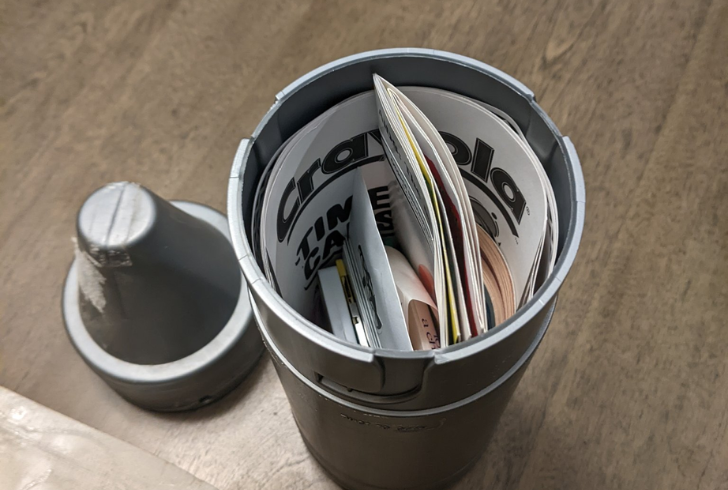
X | @FrDylanSchrader | A man's recently opened 2000 time capsule is a viral sensation, prompting reflection on two decades of change.
Here’s a breakdown of what surfaced from the long-forgotten capsule:
1. Pamphlets from the late 1990s – Topics included AIDS, abstinence, HIV awareness, alcohol, and drug use. These flyers reflect a very specific era in public education and youth outreach.
2. A 3.5-inch floppy disk – A tech relic few under 25 today would even recognize.
3. Old family photos – Personal, unfiltered snapshots from a pre-smartphone world.
4. A Pokémon candy ad – A nostalgic reminder of just how big the franchise was at the time.
5. An 1877 coin – Perhaps added for novelty, this unexpected antique added an extra historical layer to the mix.
6. A campaign button from his mother’s school board run – A heartfelt nod to family milestones.
7. Pogs – Once a playground obsession, these colorful cardboard discs have all but disappeared.
8. A Walmart receipt dated January 3, 2000 – Showing prices like $0.88 for a small slushie and $1.08 for a large, this small slip of paper got people talking about how much everyday spending has changed.
One of the standout discoveries was a cassette tape recorded for Dylan’s future self. Since he didn’t include a tape player in the capsule, he had to do some digging before finally hearing what was on it. The tape featured a reading from a “Calvin and Hobbes” comic, a mention of “The Hitchhiker’s Guide to the Galaxy,” a homemade poem, and a song by Alanis Morissette.
Reactions That Say It All
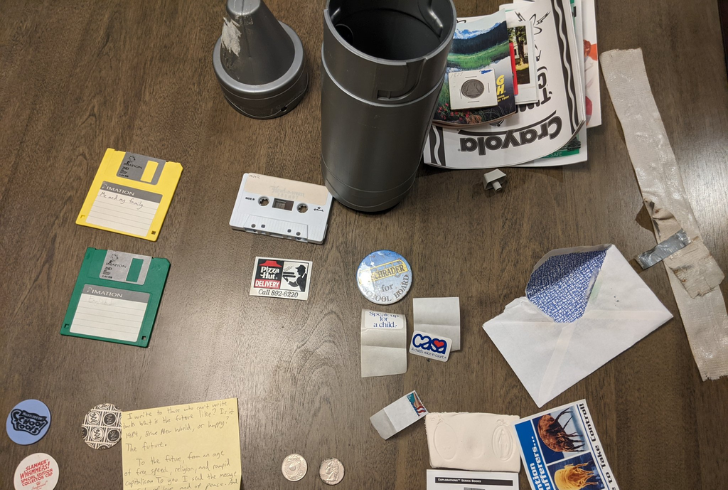
X | @FrDylanSchrader | Dylan's online post sparked immediate reactions, with commenters surprised by today's vast differences.
As soon as Dylan posted the capsule's contents, people reacted with nostalgia and disbelief. Some fixated on the tiny details—cash, cassette tapes, handwritten notes—while others got caught up in the emotional whiplash of realizing how much everyday life had shifted.
One person wrote, “Who even uses cash anymore? Paying with a $5 bill for a soda feels ancient.” Another chimed in, “I was just a toddler when this stuff was packed away, but it still weirdly hits home.”
It wasn’t just the mix of old candy wrappers and TV guides that got to people. It was the mood of it all—the reminder that we’ve quietly, and maybe too quickly, slid from a hands-on, offline world into a digital blur. That contrast made even the smallest artifacts feel like emotional time bombs.
Why Capsules Like This Still Matter
There’s something oddly powerful about holding onto the ordinary. A time capsule doesn’t need to hold rare relics or museum pieces to hit hard—it just needs to freeze a moment that no longer exists. Dylan Schrader’s capsule did exactly that.
Each object he pulled out—a receipt, a school flyer, even a scratched-up mixtape—felt like it had gained weight with time. Shared online, these scraps of daily life triggered a flood of memories for some and a history lesson for others.
The real value wasn’t in what the items were, but in how they made people feel. What was once throwaway stuff is now evidence of a world that’s faded fast. A Pokémon candy ad, once crumpled in a pocket, suddenly reads like a cultural document. And that’s the strange magic of a time capsule—it reminds you that even the most forgettable things can mean everything later.

